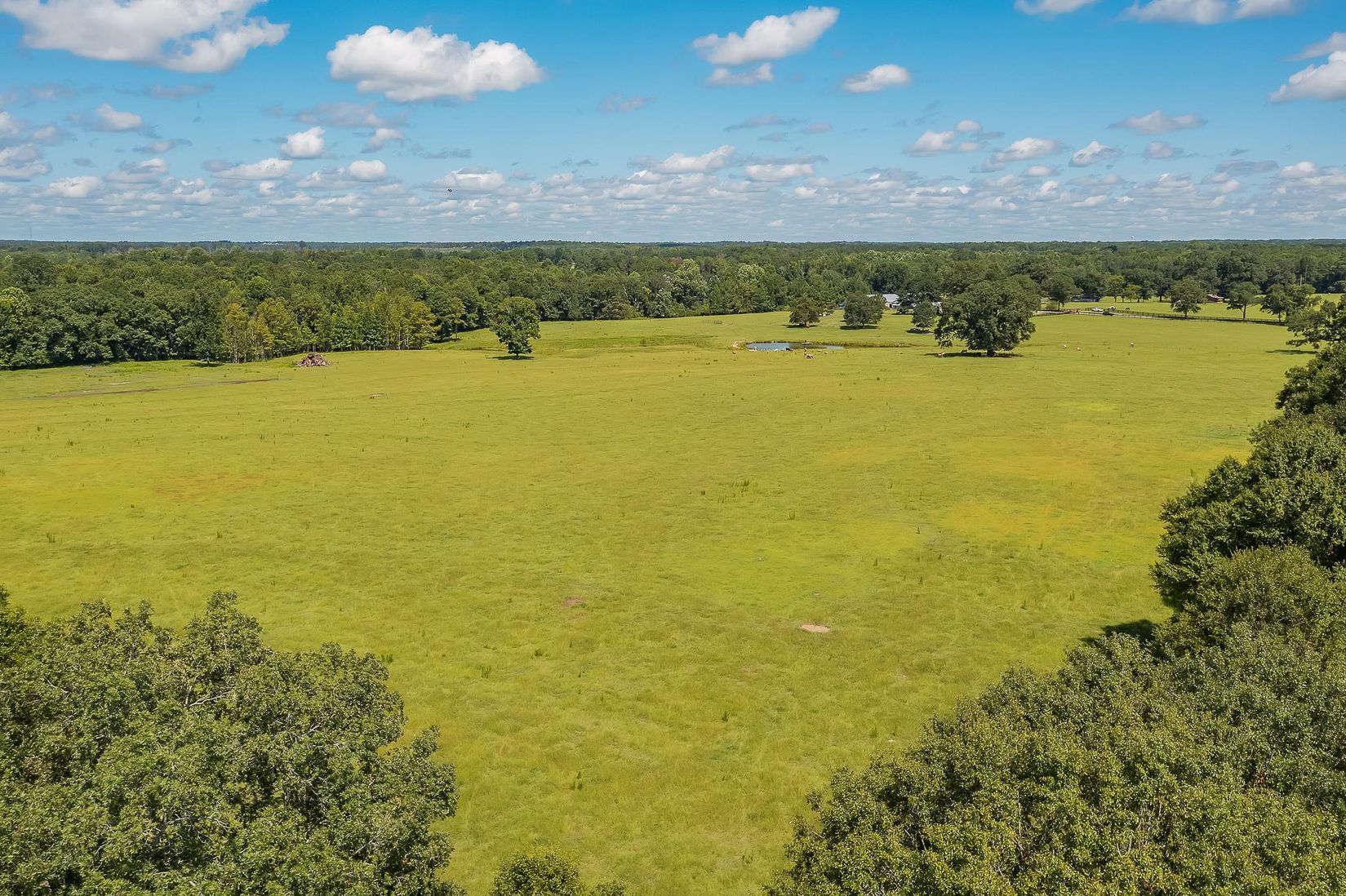In the world of land and property investment, the name of the game is minimizing investor costs and expenses and maximizing income from any investment. There are many tools and strategies which can accomplish these dual goals, and one such strategy goes by the cryptic title of “Reverse 1031 Exchange.”
This is not a term and process known to many non-property investors, but it is a process which can be used in certain cases to provide some flexibility and increased incomes to investors.
So, just what is this “Reverse 1031 Exchange” thing” and how does it work?
What is a Reverse 1031 Exchange?
A 1031 exchange is a strategy that real estate investors use to defer paying taxes when selling a property. The idea is that an investment property is exchanged or swapped for a second, like-kind property. This allows investors to postpone paying capital gains taxes and other taxes associated with selling the property.
A reverse 1031 exchange is–the process of a 1031 exchange, but reversed. With a reverse exchange, an investor can buy a replacement property first, and then sell their existing property after that.

Reverse 1031 exchanges must involve like-kind properties that the IRS recognizes as eligible for tax deferral.
It sounds straightforward, but there are certain guidelines investors must follow, outlined by the IRS. It isn’t as easy as simply replacing one of your existing investment properties with another one. For instance, investors cannot hold the title of the property they’re planning to sell during the reverse 1031 exchange process.
However, executing a successful reverse exchange is completely doable and comes with a lot of benefits to investors.
Benefits of a Reverse 1031 Exchange
There are a number of benefits to using a reverse exchange. These include:
- You can buy a replacement property in a competitive market when you want and at the price you want.
- If you are paying for the property in cash, you don’t have to worry about finding a replacement within the 45-day timeframe, like with an ordinary 1031 exchange.
- Time to consider which property or properties to sell/exchange for your replacement property investment.
- It also gives you time to negotiate a selling price, contract terms, conditions, etc. with the buyer of the relinquished property.
- Like a typical 1031, it allows you to avoid paying capital gains taxes and other taxes–at least for now.
How Does a Reverse 1031 Exchange Work?
In a reverse 1031 exchange, the process is reversed. The investor buys a new property first and then has 180 days to sell their old property which should be of equal or lesser value to the new property.
Reverse 1031 exchanges must be made with like-kind properties that are recognized by the IRS as eligible for tax deferral. Real estate investors trading investment properties in a reverse 1031 exchange must use a qualified intermediary to transfer funds from the relinquished property to the new property. They also need to enlist an exchange accommodation titleholder (EAT) to hold the title of the replacement property for the duration of the exchange period. This agreement is called a qualified exchange accommodation arrangement.
Reverse 1031 Exchange Rules
1031 rules and requirements for reverse exchanges are the same rules followed for forward 1031 exchanges when the old property is closed before the replacement is acquired and closed.
- Reverse exchanges must be completed within 180 calendar days of the initial closing
- The taxpayer buying must be the same as the taxpayer selling
- Related party and disqualified person rules apply
- The replacement property must be of equal or greater value than the relinquished property; otherwise, a tax is triggered on the difference
- Neither the relinquished or replacement properties can be the primary residence of the taxpayer
Can You Do A Reverse 1031 after Closing?
To answer this question, consider an example where a real estate investor buys a property for $1,000,000 and sells it for $2,000,000. In this case, suppose the investor had no plans for a 1031 Exchange at the time of sale, but once the sale closes, they learn they face a tax liability of up to $250,000 and they start to have second thoughts about not doing a 1031 Exchange. Can they do it? The answer lies in a concept known as “rescission.”
Rescission Definition
The word “rescission” is derived from “rescind” which means to take back. So, in a real estate context, it means an investor could “take back” the transaction, in which case the Internal Revenue Service (IRS) would treat it as if it never happened.

In a reverse exchange, an investor purchases the replacement property first and sells their existing property afterward.
As a general rule, an investor can rescind their sale transaction as long as it occurs in the same tax period in which the property is sold. Doing so would allow them to re-do the sale and complete a 1031 Exchange the second time around. But, there is a point of consideration to this idea. The buyer of the relinquished property has to agree to it. Further, if the buyer got a loan to purchase the relinquished property, it is also necessary to get their lender to participate in the rescission – both of these could prove to be incredibly difficult. But, for the purposes of this article, assume they both agree.
Final Thoughts on Reverse 1031 Exchanges
Although the reverse 1031 exchange process can be of benefit to land investors in certain situations, it would seem that experienced and reliable financial advice help would be in order. The reverse 1031 exchange process is not a thing an inexperienced or uneducated person would want to try and do on their own.


